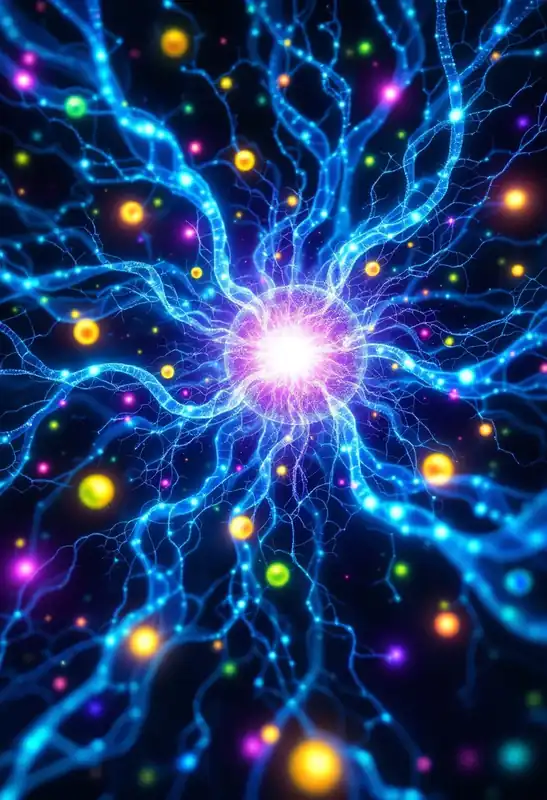
Hypernetworks
Networks that generate the weights or parameter vectors of another neural network, enabling conditional, compact, or adaptive model parameterizations.
Hypernetworks are neural models that produce the parameters (weights, biases, or modulatory factors) of a target network conditioned on some input or context, effectively turning parameter selection into a learned function; this enables fast, task- or data-dependent adaptation, large weight sharing across tasks, and amortized optimization of model parameters.
At an expert level, a hypernetwork hφ maps conditioning information c (task id, context embedding, timestep, latent code, etc.) to parameters θ = hφ(c) used by a primary model fθ. Implementations range from small networks that output full weight tensors to designs that output low-rank factors, per-channel modulation vectors, or layer-wise scale-and-shift parameters to control capacity and compute. The approach formalizes an amortized posterior over parameters and connects to “fast weights,” conditional computation, and meta-learning: instead of iteratively optimizing θ for each task, the hypernetwork learns a direct mapping that generalizes across tasks and contexts. Practical uses include few-shot adaptation, conditional generators, dynamic convolutional filters, continual learning with shared parametric priors, and parameter-efficient transfer (generate only adapters or modulation vectors rather than full weight matrices). Key modelling considerations are expressivity vs. cost trade-offs (full-weight generation is expensive for large models), stability and regularization (spectral constraints, normalization, and output parameter constraints are often required), and inductive design choices (per-layer vs. global hypernets, factorized outputs, or hierarchical hypernetworks) that affect generalization and scalability in ML (Machine Learning) systems.
First explicit use in the deep-learning literature is commonly attributed to the “HyperNetworks” paper by David Ha, Andrew Dai, and Quoc V. Le (2016); antecedent ideas trace to Schmidhuber’s “fast weights” and to indirect encodings like HyperNEAT, and the technique saw growing popularity from 2016 onward with broader uptake in meta-learning and conditional-parameter research through roughly 2017–2022 as researchers applied hypernetworks to few-shot learning, dynamic layers, and parameter-efficient adaptation.
Key contributors include David Ha, Andrew M. Dai, and Quoc V. Le (2016 HyperNetworks paper) for formalizing hypernetworks in modern deep learning; Jürgen Schmidhuber for early “fast weights” and meta-learning theory that inspired weight-generating mechanisms; Kenneth O. Stanley and Risto Miikkulainen for HyperNEAT and indirect encoding ideas; and the broader meta-learning community (e.g., Chelsea Finn et al. on MAML and related work) whose needs and methods helped drive applications and refinements of hypernetwork approaches.

